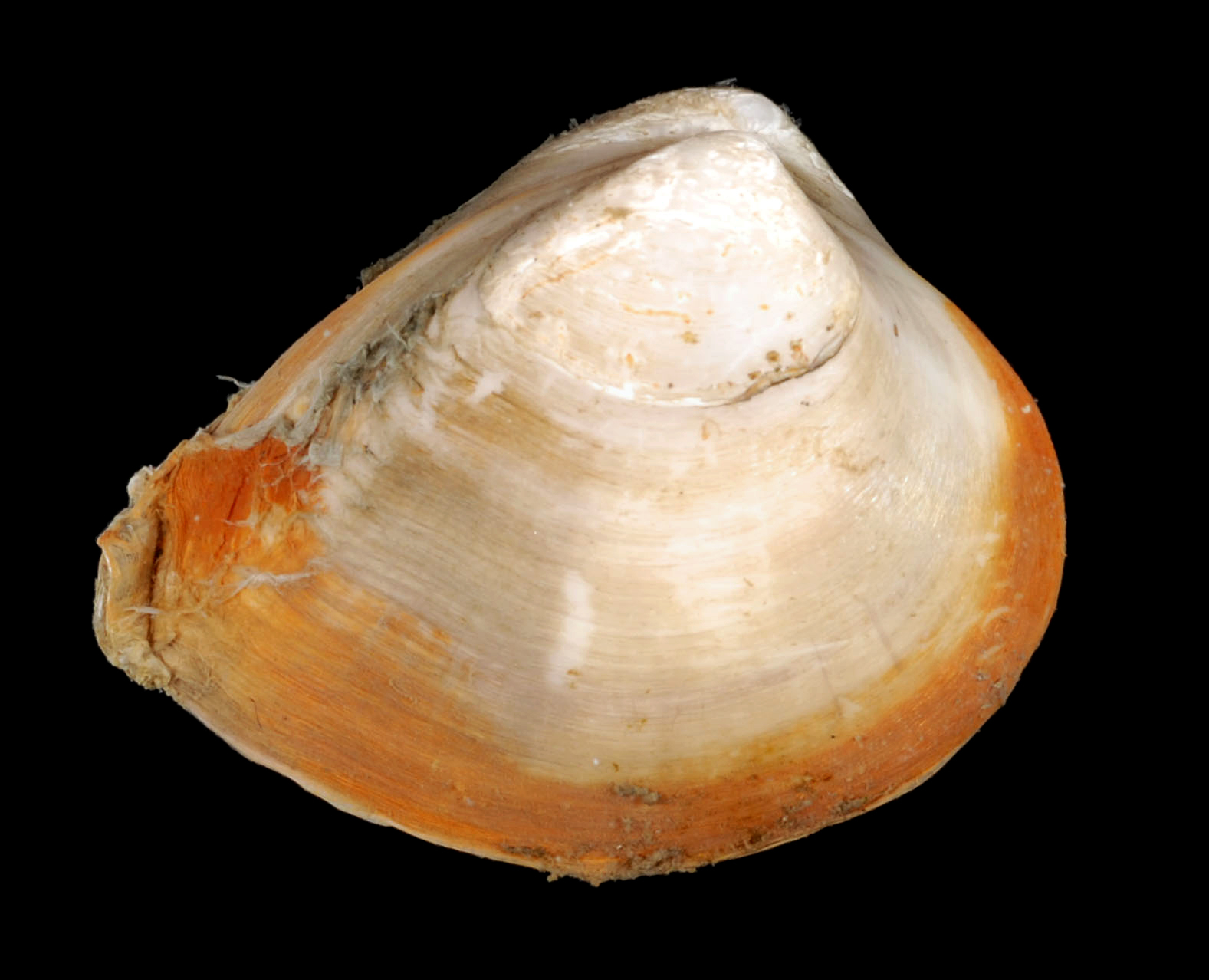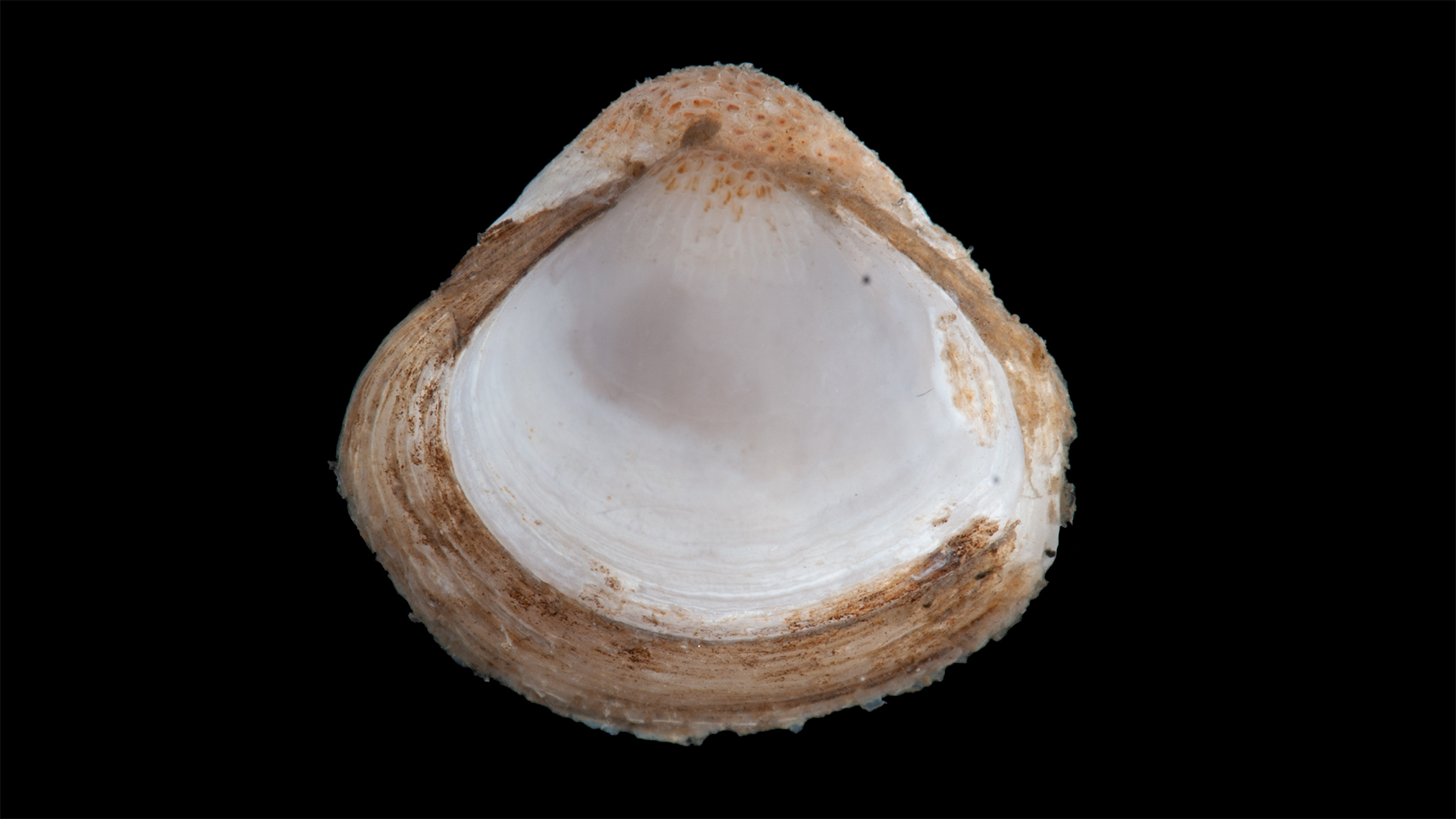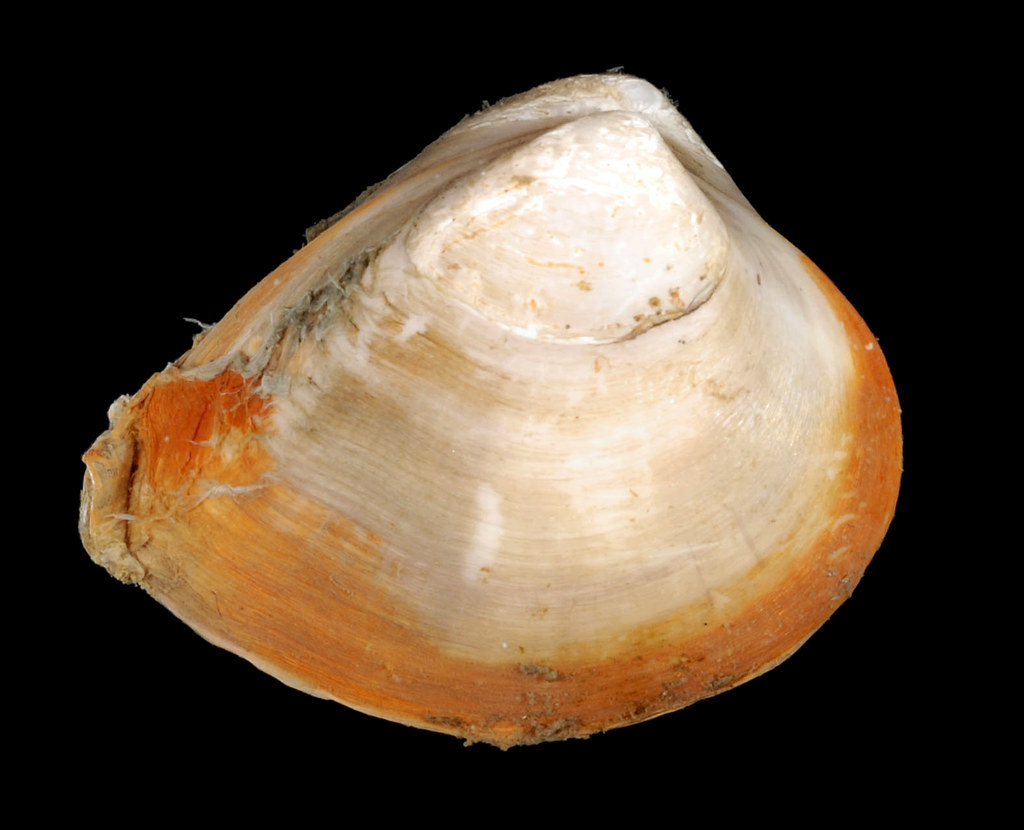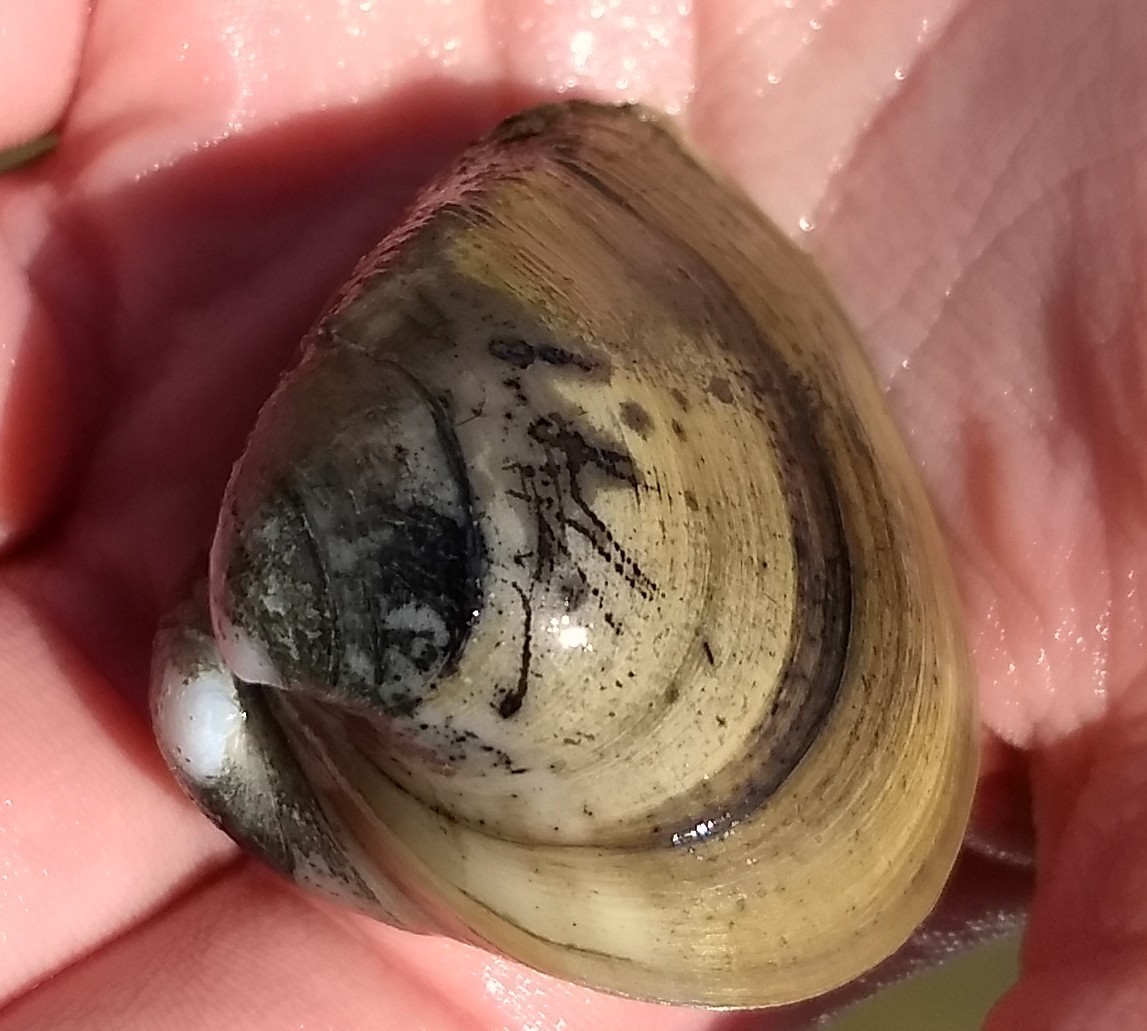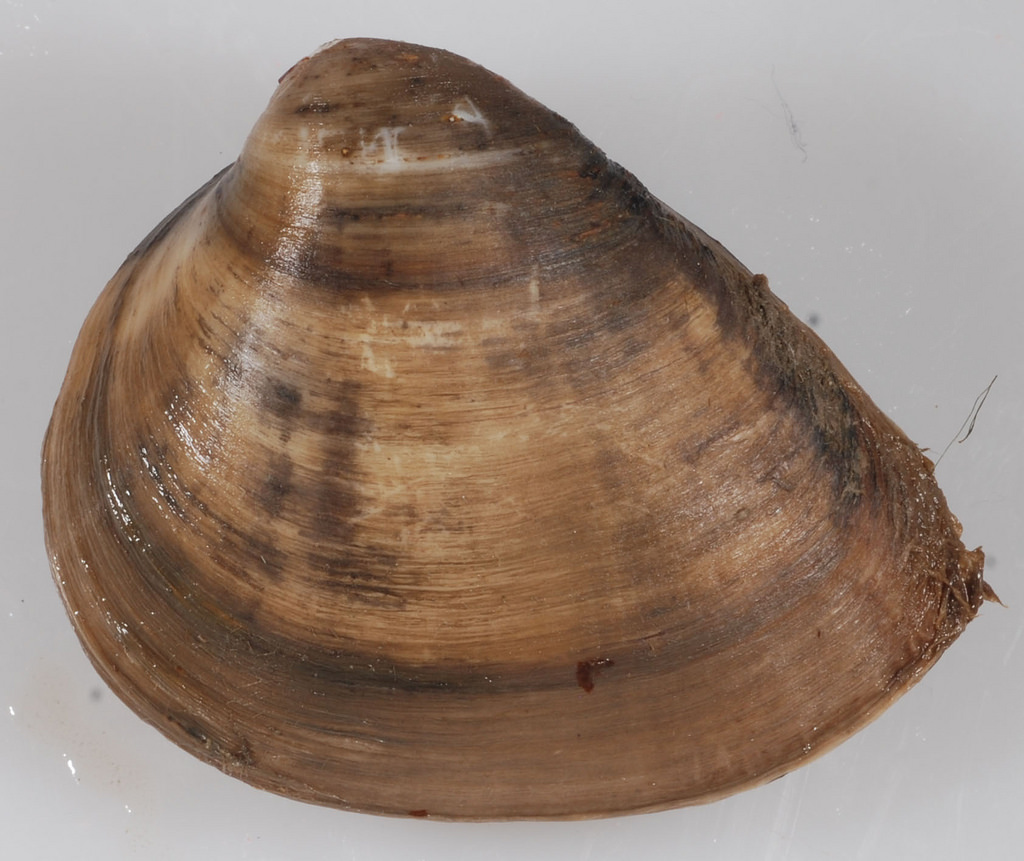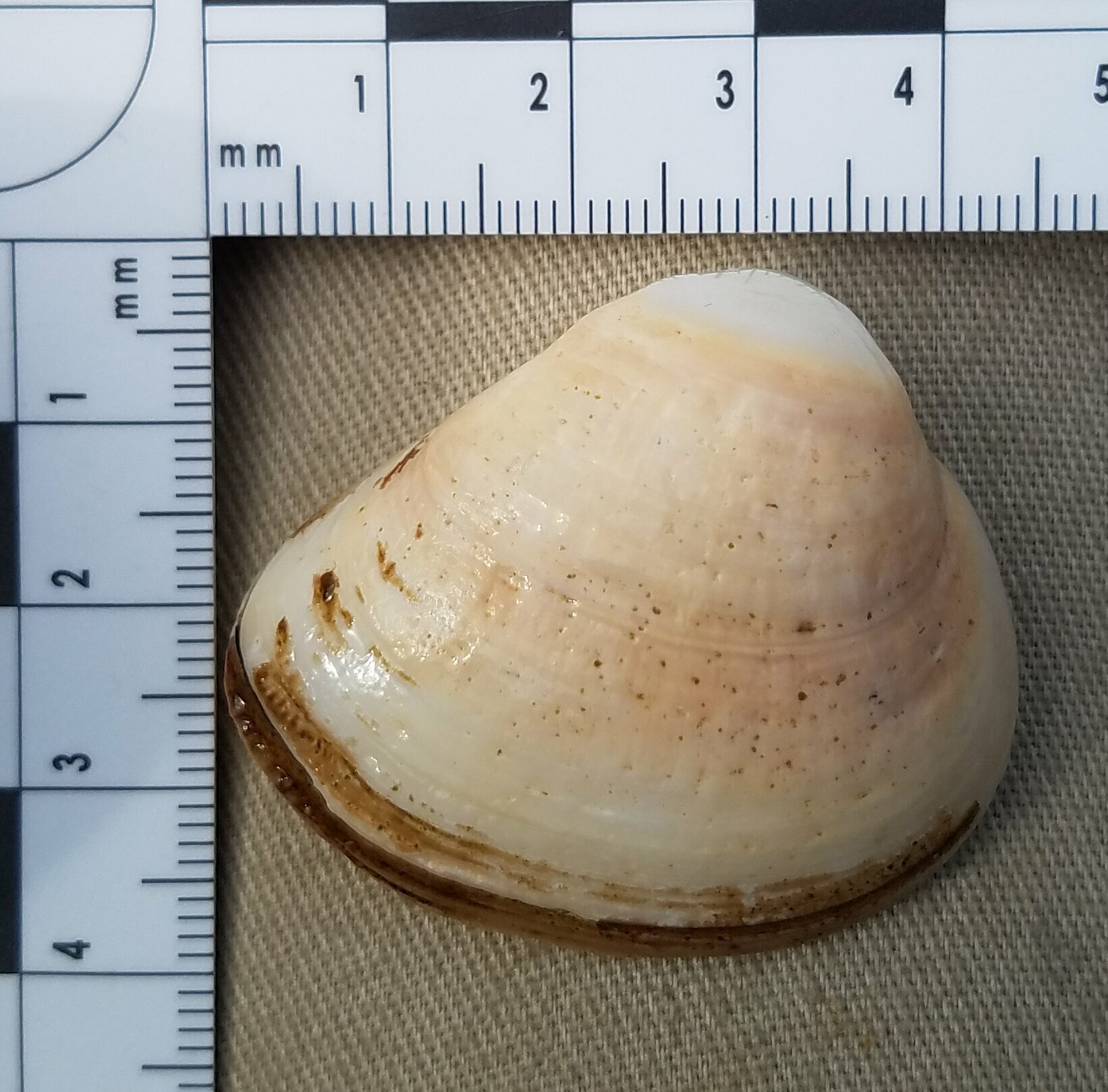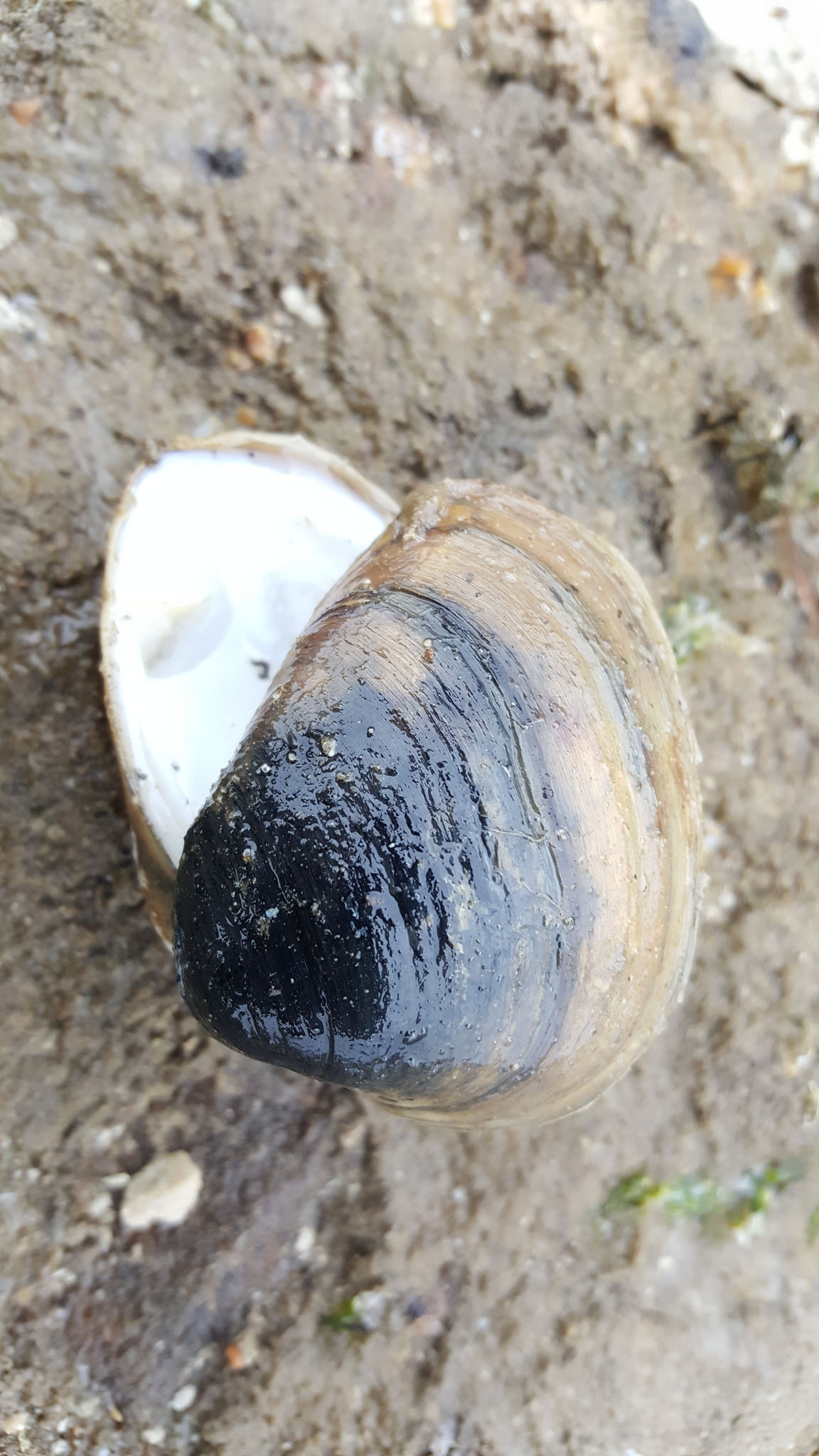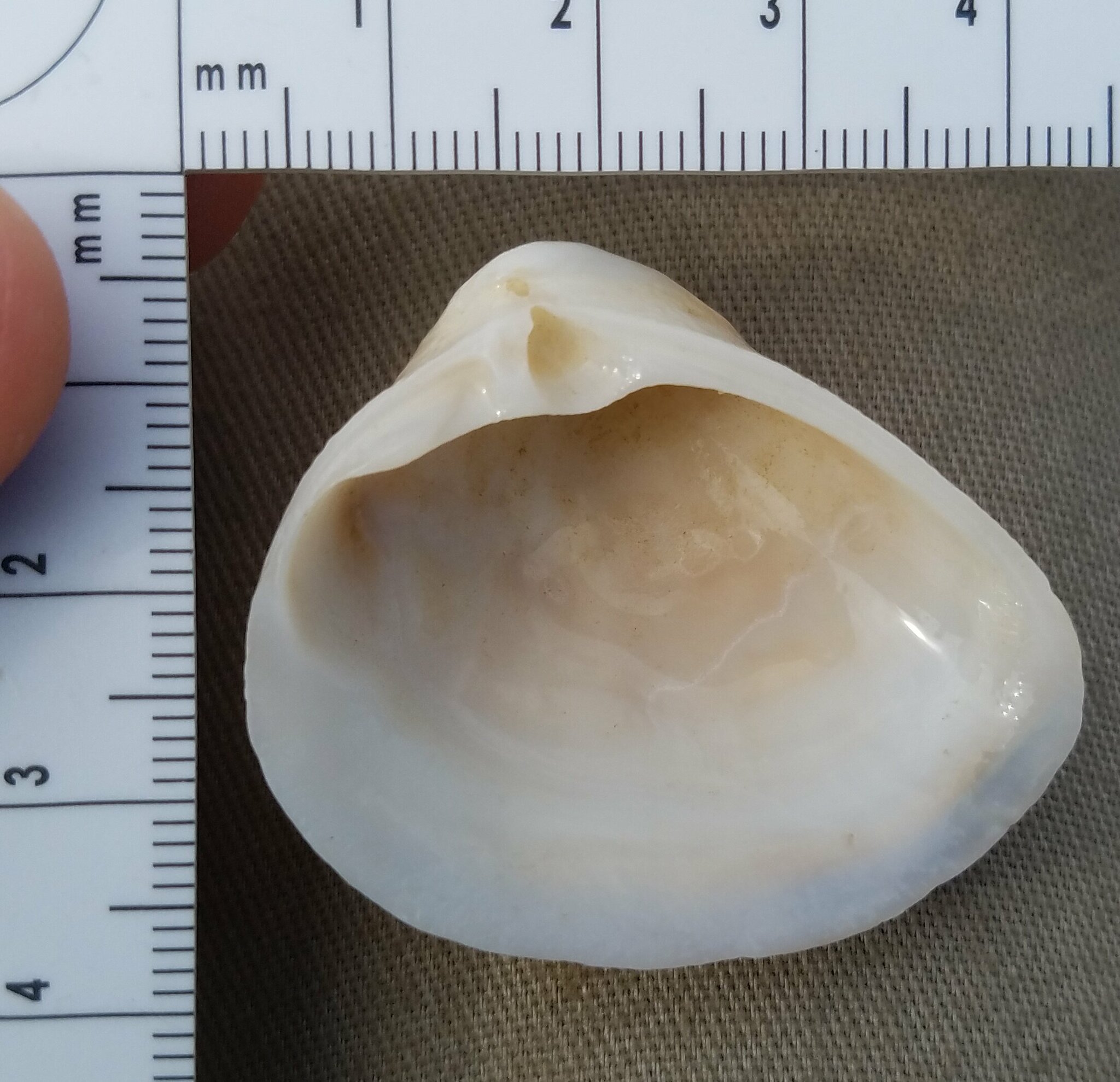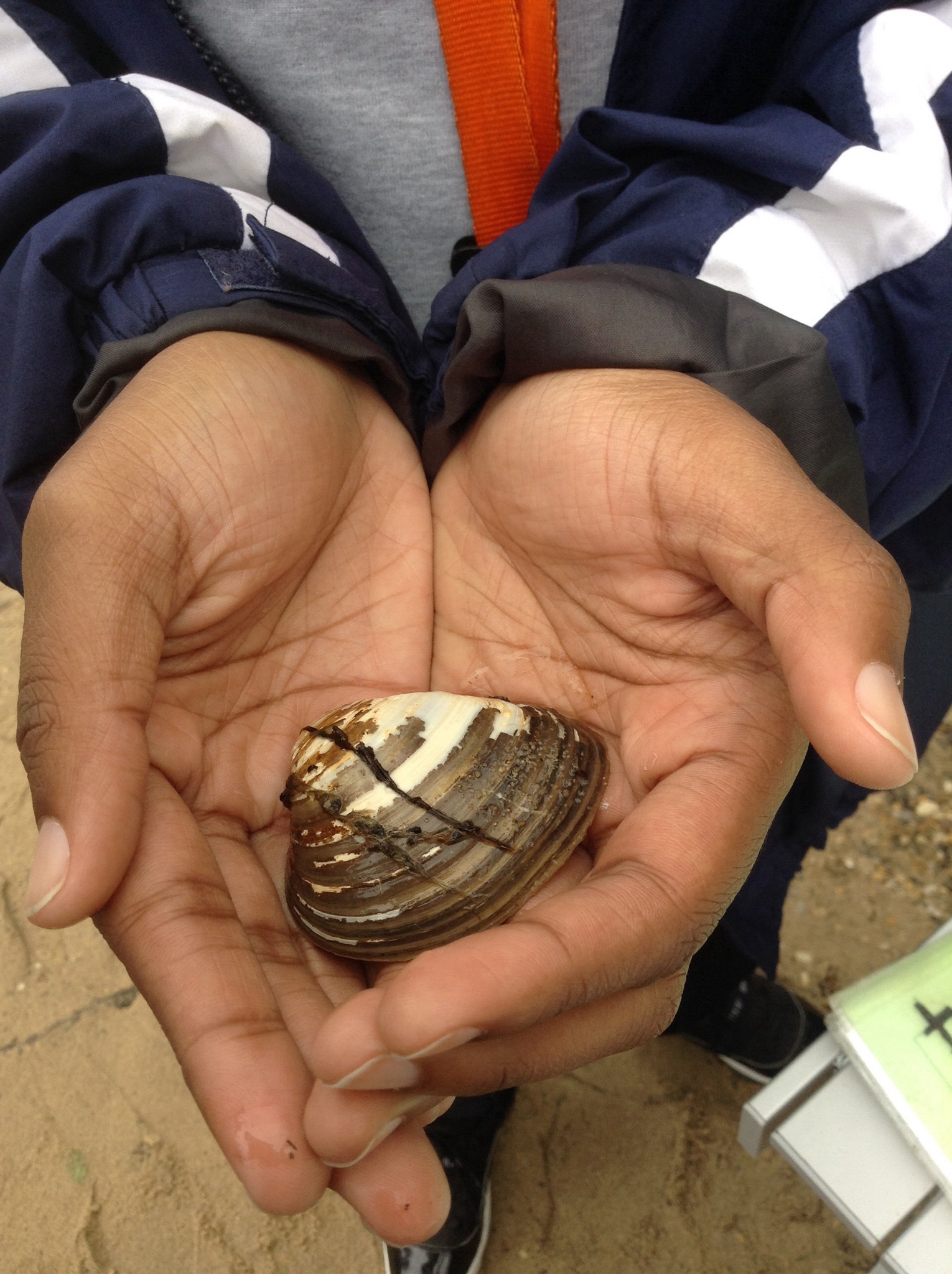Map Snapshot















115 Records
Status
The Atlantic Rangia is a bivalve of low salinity turbid mud or sand-based estuaries. It can be found from the Hudson River of New York along the Atlantic seaboard to Florida and along the coastline of the entirety of the US gulf states and Texas south into Mexico. Living specimens of Atlantic Rangia were not verified along the Atlantic seaboard until 1956! J.T. Carlton in his paper, Introduced Marine and Estuarine Mollusks of North America: An End-of-the-20th-Century Perspective, wrote, "Ballast water or the movement of commercial oysters may have transported the clam Rangia cuneata from the Gulf of Mexico to Chesapeake Bay, from where it may have spread down the coast to Florida, and from where it may have been carried in ballast water to the Hudson River."
There is still debate about the nativity of the Atlantic Rangia along the Atlantic Coast. Fossils of Atlantic Rangia have been found in New Jersey, Maryland, and North Carolina and genetic studies have shown that there is a small amount of genetic difference between the gulf coast and coastal Atlantic populations. Many malacologists still consider that the current populations of Atlantic Rangia along the Atlantic seaboard to be of human-assisted introduced stock.
Description
Atlantic Rangia have special cellular capabilities that allow them to survive large salinity fluctuations in their estuarine habitats. According to the US Fish and Wildlife Service, "They can cross the 'horohalinicum', the 5-8 PSU salinity boundary which usually divides fresh and salt-water invertebrates, making them one of the few freshwater clams to become established in brackish water as such thriving in a zone unfavorable for many animals."
Compare Dwarf Surfclam.
Seasonality Snapshot
Source: Wikipedia
| Rangia cuneata | |
|---|---|

| |
| Scientific classification | |
| Domain: | Eukaryota |
| Kingdom: | Animalia |
| Phylum: | Mollusca |
| Class: | Bivalvia |
| Order: | Venerida |
| Family: | Mactridae |
| Genus: | Rangia |
| Species: | R. cuneata
|
| Binomial name | |
| Rangia cuneata (G. B. Sowerby I, 1832)
| |
| Synonyms[1] | |
| |
Rangia cuneata or Atlantic rangia, also known as wedge clam, gulf wedge clam, common rangia, and cocktail clam, is a mollusc native to the Gulf of Mexico. It is an oval clam with a body length of up to 5cm, living from the intertidal zone to depths of 124 meters.[2] It is edible and is harvested for food in Mexico, and has been so since pre-Hispanic times.[3]
Invasive species
[edit]Atlantic rangia have been introduced to the US North Atlantic coast, Belgium (Antwerp) and the Baltic Sea.[4]
References
[edit]- ^ Bieler R, Bouchet P, Gofas S, Marshall B, Rosenberg G, La Perna R, Neubauer TA, Sartori AF, Schneider S, Vos C, ter Poorten JJ, Taylor J, Dijkstra H, Finn J, Bank R, Neubert E, Moretzsohn F, Faber M, Houart R, Picton B, Garcia-Alvarez O, eds. (2021). "Rangia cuneata (G. B. Sowerby I, 1832)". MolluscaBase. World Register of Marine Species. Retrieved 16 August 2021.
- ^ "Rangia cuneata". SeaLifeBase. Retrieved 2020-01-24.
- ^ Wakida-Kusunoki, Armando T. & Clyde L. MacKenzie, Jr (2004). "Rangia and marsh clams, Rangia cuneata, R. flexuosa, and Polymesoda caroliniana, in Eastern México: Distribution, biology and ecology, and historical fisheries" (PDF). Marine Fisheries Review. 66 (3): 13–20.
- ^ "Rangia cuneata". National Exotic Marine and Estuarine Species Information System. Retrieved 2020-01-24.
